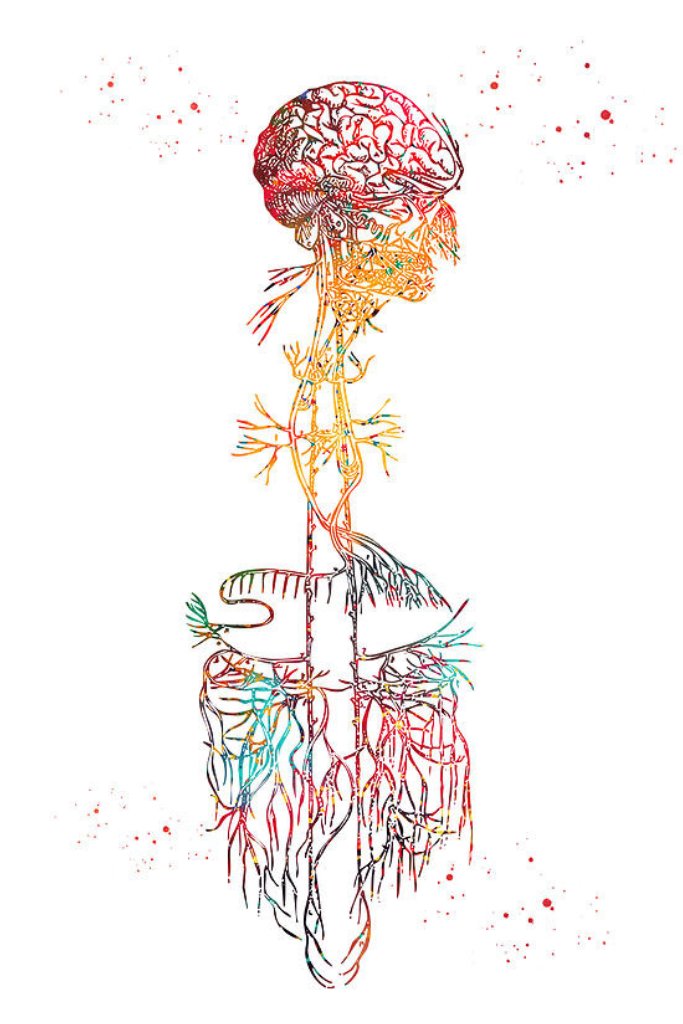
Green juice every morning. Salads full of fiber, enzymes, and phytonutrients. Smoothies that checked every box.
People told me I was the picture of health.
But I wasn’t.
My digestion was off.
My sugar cravings wouldn’t quit.
My focus wasn’t sharp.
The harder I tried, the more I realized: food wasn’t fixing the problem.
What Food Can’t Do
Food nourishes. But it doesn’t clear toxins. It doesn’t remove parasites, and it doesn’t repair the far-reaching damage they’ve caused.
We like to think eating clean is the answer. That if we just eat better—more greens, more superfoods, more everything—our bodies will magically heal.
But that’s not how it works. Not anymore.
The Truth About Modern Health

Your body isn’t fighting food. It’s fighting what’s already inside—what shouldn’t be there.
- Toxins clog the pathways your body relies on to function.
- Parasites disrupt the gut and alter the way your brain works.
- Stress doesn’t just inflame the mind—it shuts down digestion.
You can pour in all the nutrients in the world, but if your body’s systems are blocked or broken, those nutrients don’t go where they’re supposed to.
What Changed Everything
I thought I was doing everything right. Clean eating, nutrient-dense foods, all the advice, all the effort.
But nothing changed.
The breakthrough came when I stopped piling on more and started clearing out what was in the way.
Toxins. Infections. Stress. These were the real barriers. And once I addressed them, everything shifted. My body didn’t need more—it needed room to do what it was designed to do.
No force, no magic formula. Just space. And when I created that space, my body responded.
The CellCore Roadmap
This is what CellCore gets right.
Their approach isn’t about throwing more at the problem. It’s about removing the things blocking the solution.
Healing starts when you clear what doesn’t belong.
Then—and only then—can food do its job.
If drainage pathways are blocked and mitochondria are shut down, no amount of clean eating will get you where you want to go.
The Real Role of Green Juice
Green juice is powerful. It floods your body with nutrients, hydrates at a cellular level, and lays the foundation for health.
But even the best green juice can’t remove toxins, clear parasites, or unblock dysregulated pathways.
Healing starts where green juice stops—when you clear the interferences and give your body the space it needs to use every drop of nourishment you’re pouring in.
So don’t stop juicing. But don’t stop there, either.
True healing begins when you work with your body to release what’s holding it back.
The Question That Changes Everything
If you’ve been doing all the “right” things and still feel off, ask yourself: Is my body too overwhelmed to absorb what I’m giving it?
The truth is, food can’t fix what’s buried beneath layers of toxins, pathogens, and stress.
Start by clearing the interferences. Give your body the room it needs to heal.
Then watch everything—everything—change.
 Stop Taking Bad Advice
Stop Taking Bad Advice

 Do you drink plenty of
Do you drink plenty of  Have you ever been left out?
Have you ever been left out?
 Your body is always working to keep you safe. When something stressful happens—whether it’s emotional, physical, or triggered by toxins and pathogens—your cells sound the alarm, signaling your body to switch into defense mode. This is known as the cell-danger response (CDR), where your body halts regular processes like digestion and repair to focus all its energy on the immediate stressor.
Your body is always working to keep you safe. When something stressful happens—whether it’s emotional, physical, or triggered by toxins and pathogens—your cells sound the alarm, signaling your body to switch into defense mode. This is known as the cell-danger response (CDR), where your body halts regular processes like digestion and repair to focus all its energy on the immediate stressor.
 Let me tell you something I see time and again in my work with clients: B vitamin deficiencies are stealing the spotlight in all the wrong ways. Fatigue that won’t quit. Brain fog that turns your sharp mind into mush. Metabolic misfires that leave you wondering what went wrong. Here’s the kicker: it’s not always because you’re skipping leafy greens or animal protein. Often, the real culprits are sneakier—environmental toxins, pathogenic infections, and a gut that’s under siege.
Let me tell you something I see time and again in my work with clients: B vitamin deficiencies are stealing the spotlight in all the wrong ways. Fatigue that won’t quit. Brain fog that turns your sharp mind into mush. Metabolic misfires that leave you wondering what went wrong. Here’s the kicker: it’s not always because you’re skipping leafy greens or animal protein. Often, the real culprits are sneakier—environmental toxins, pathogenic infections, and a gut that’s under siege.




